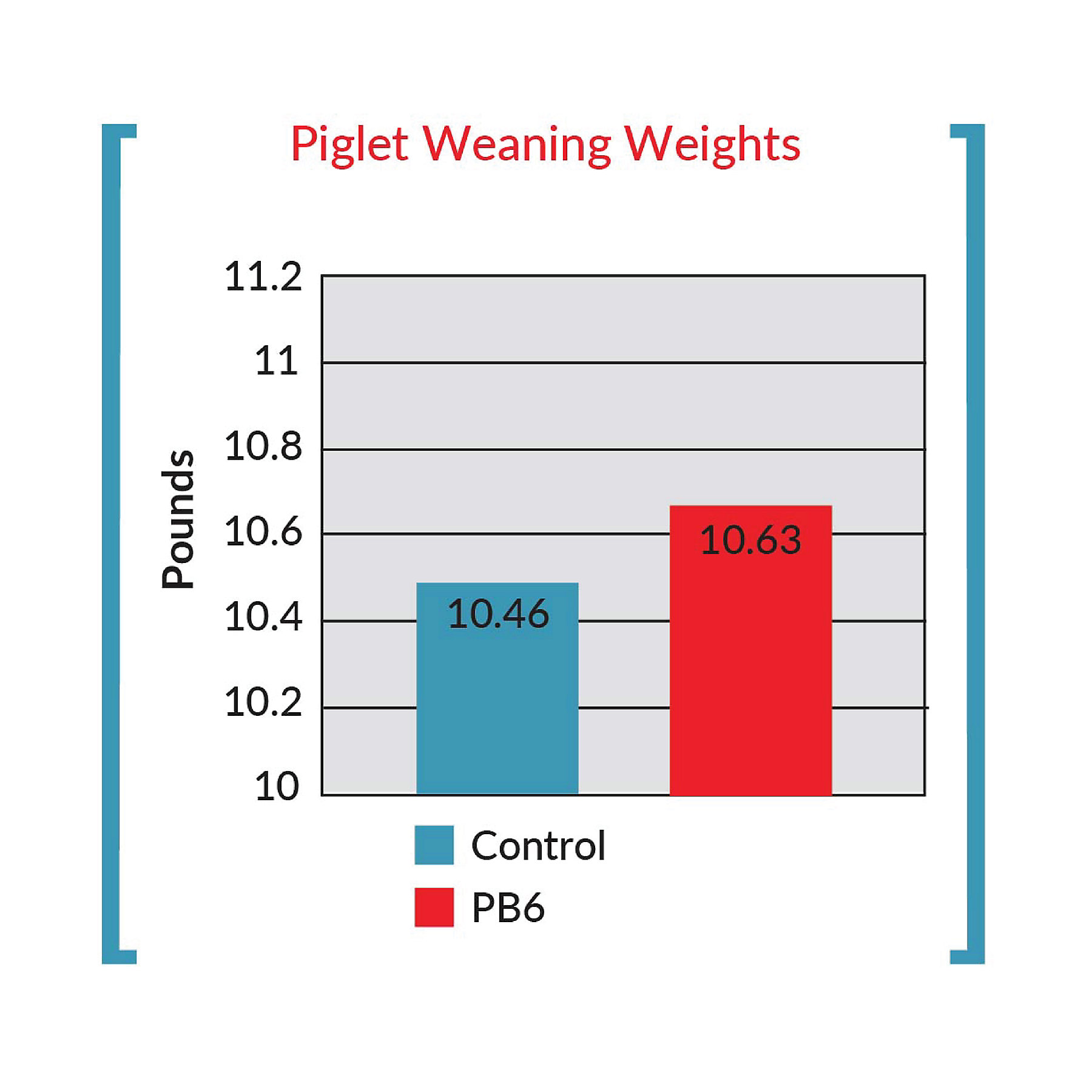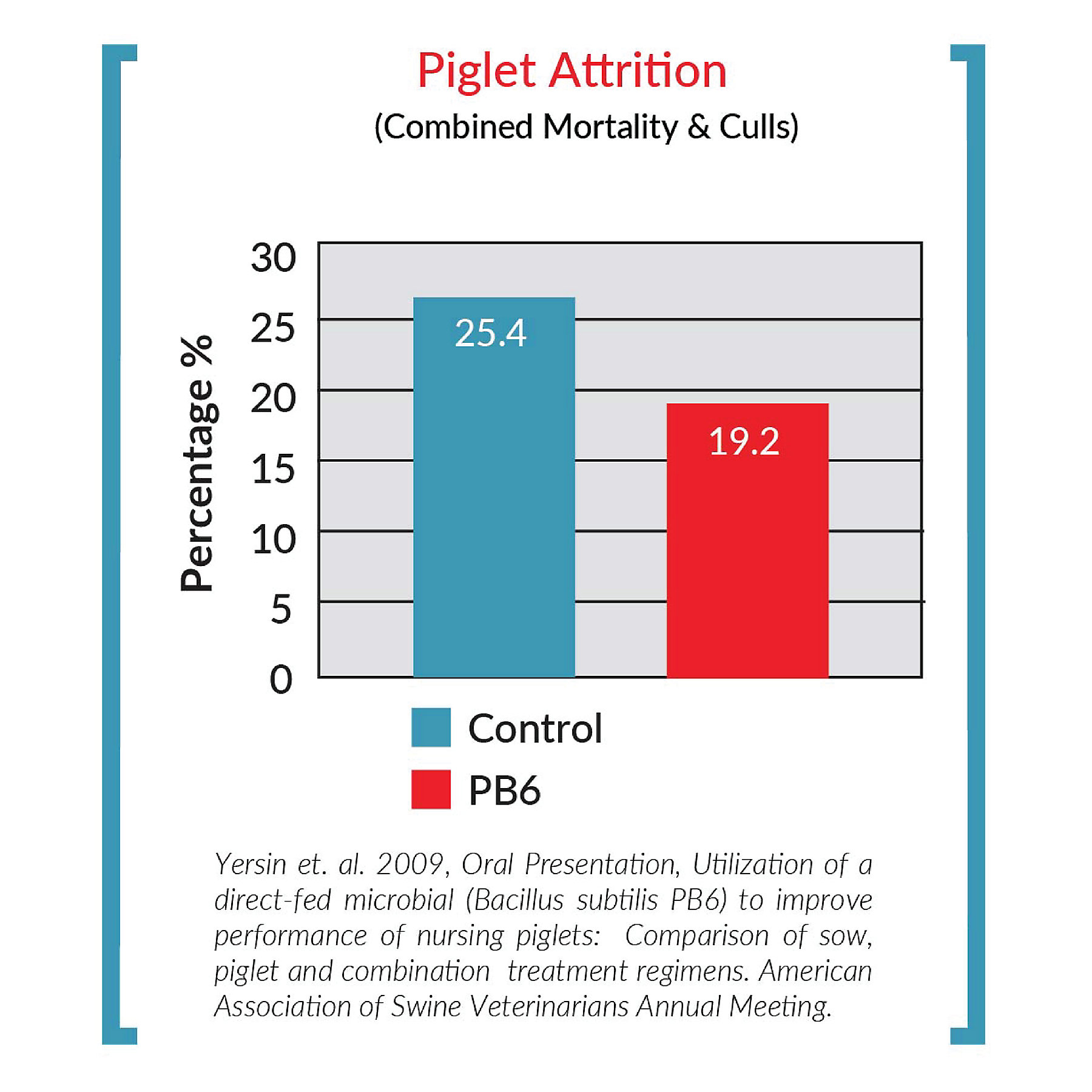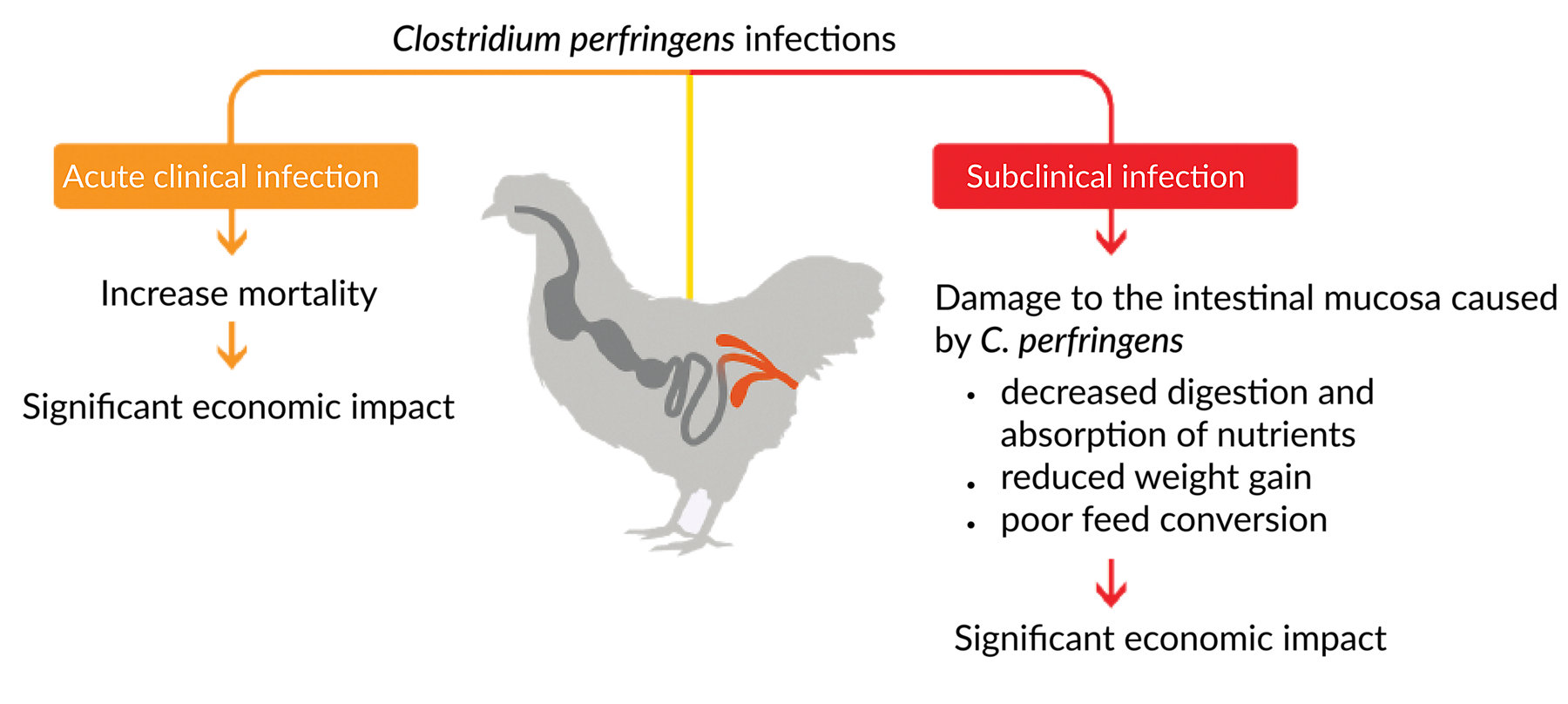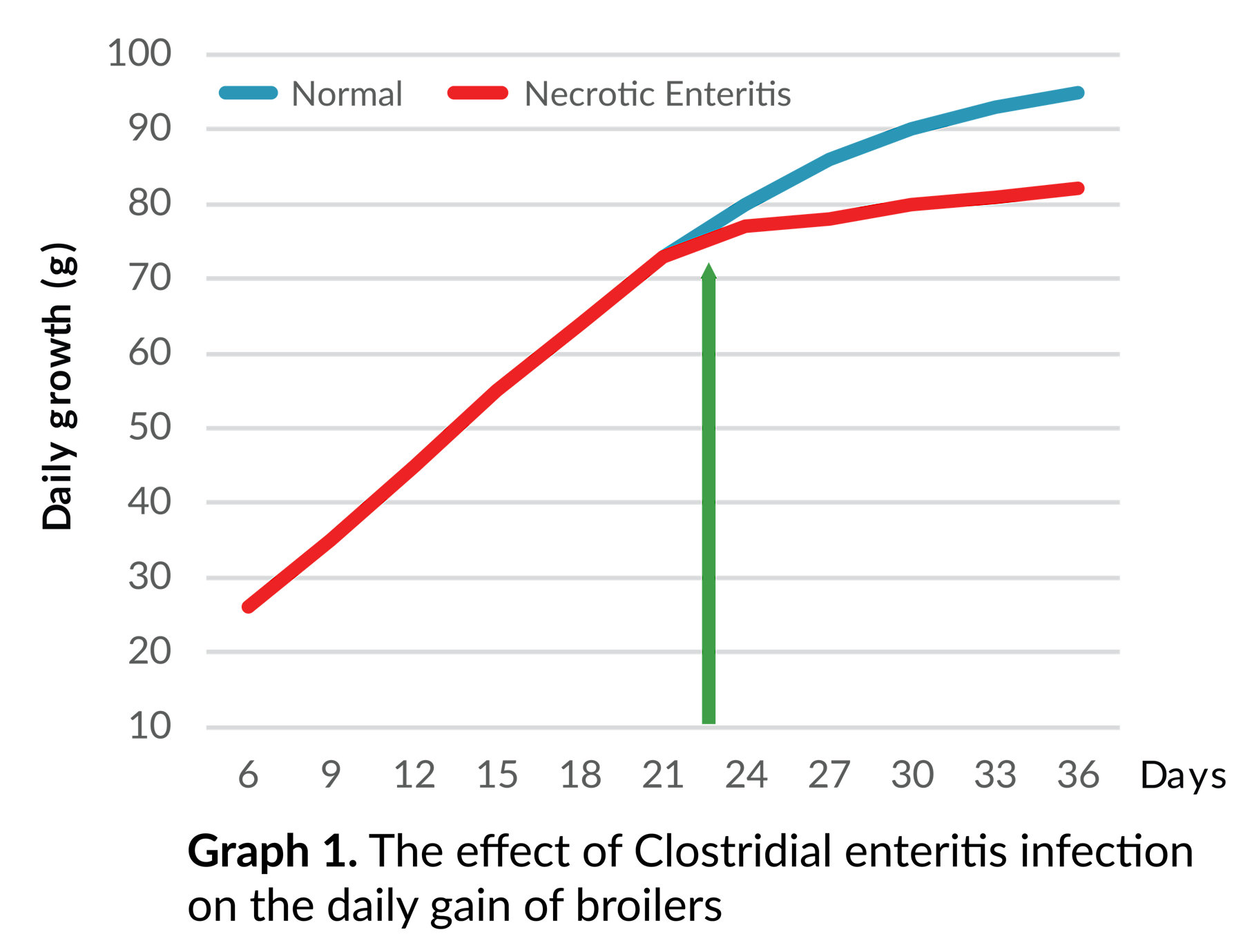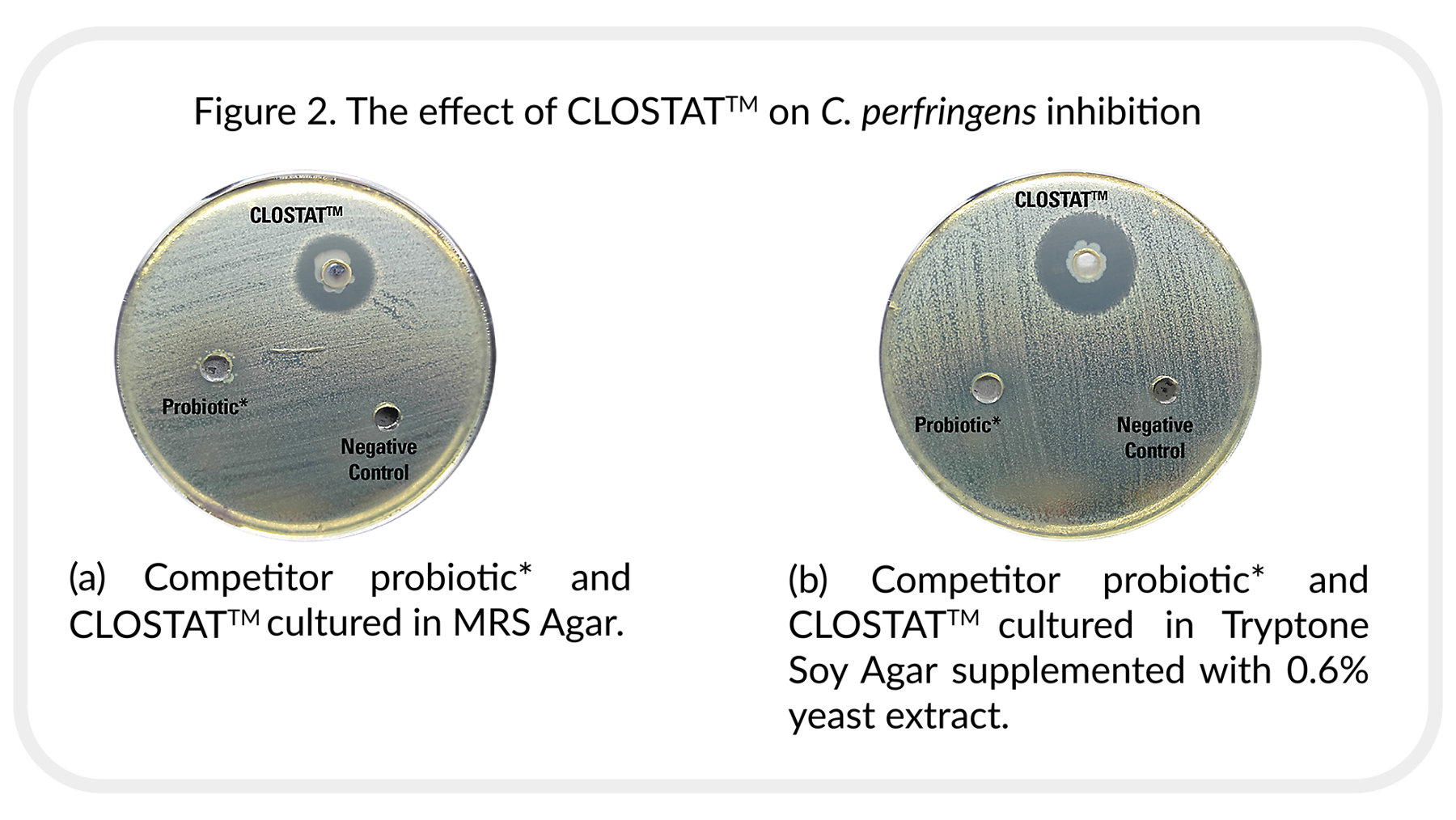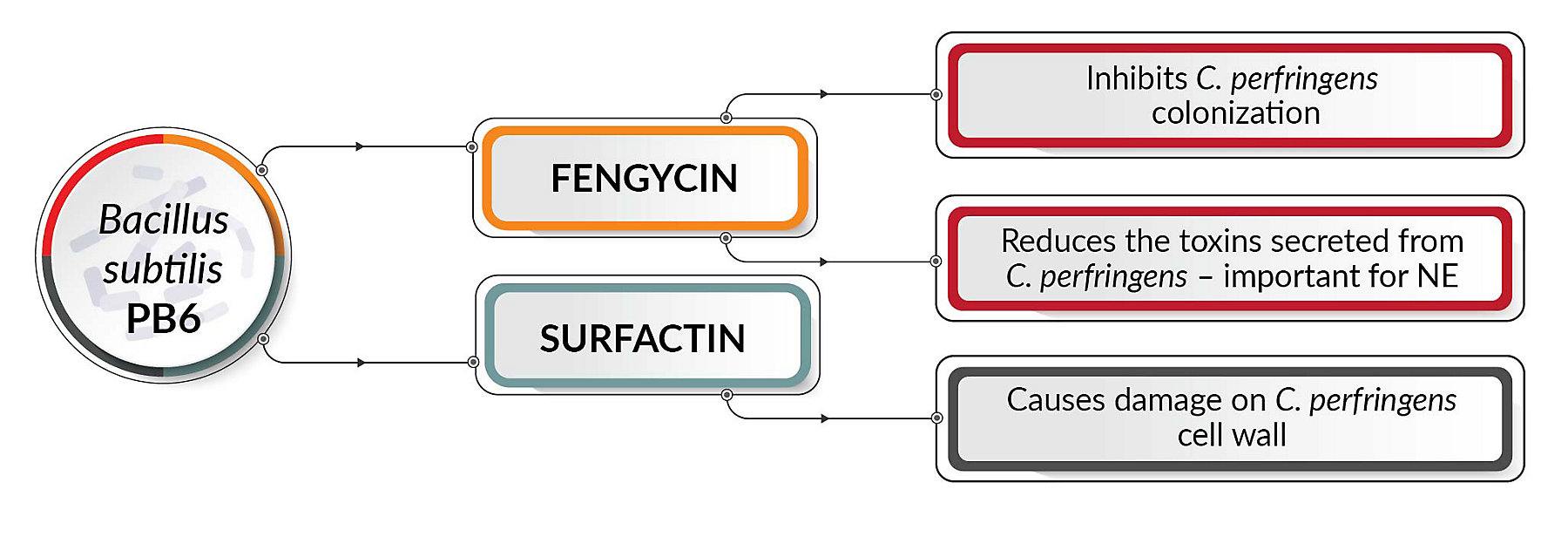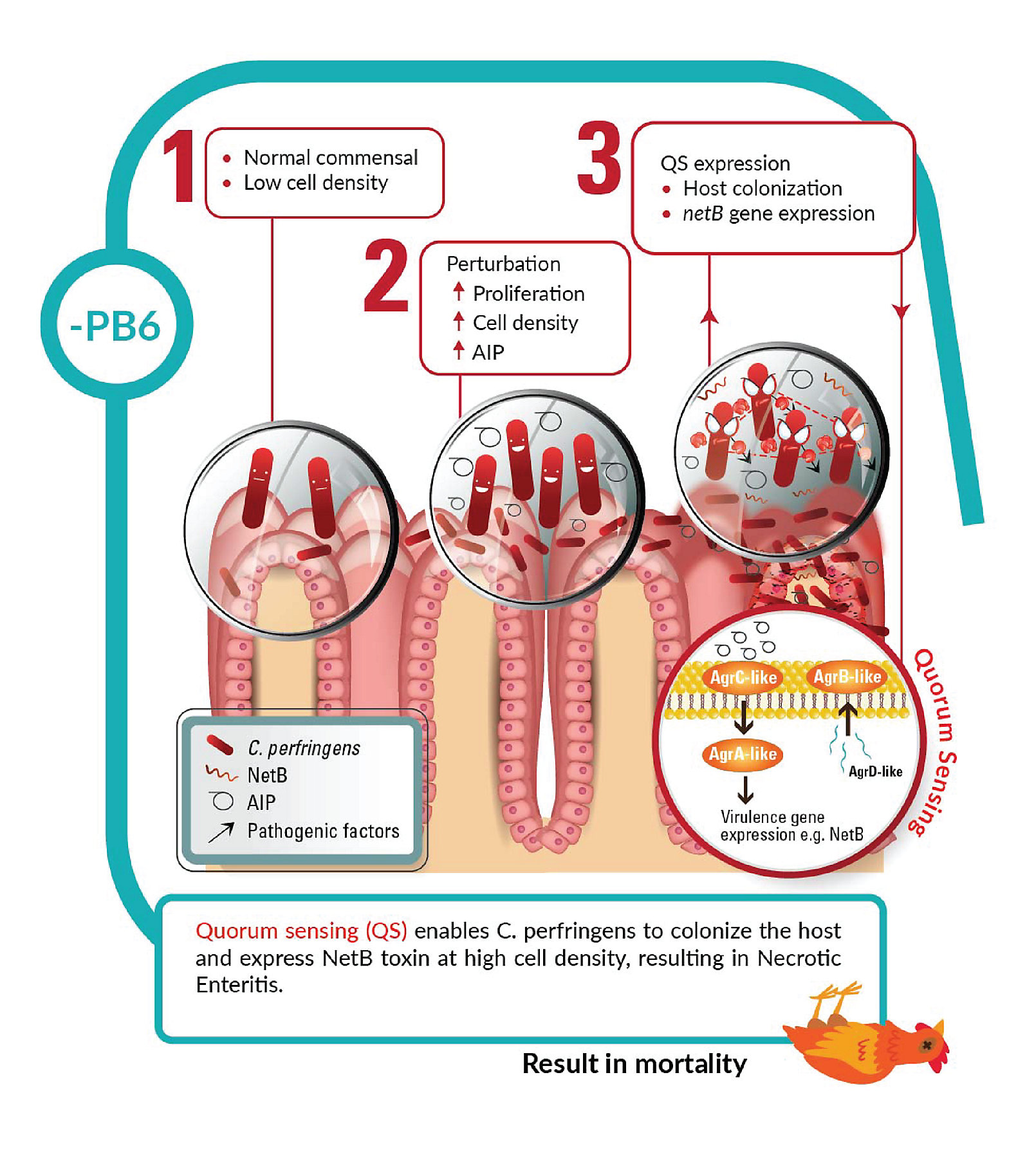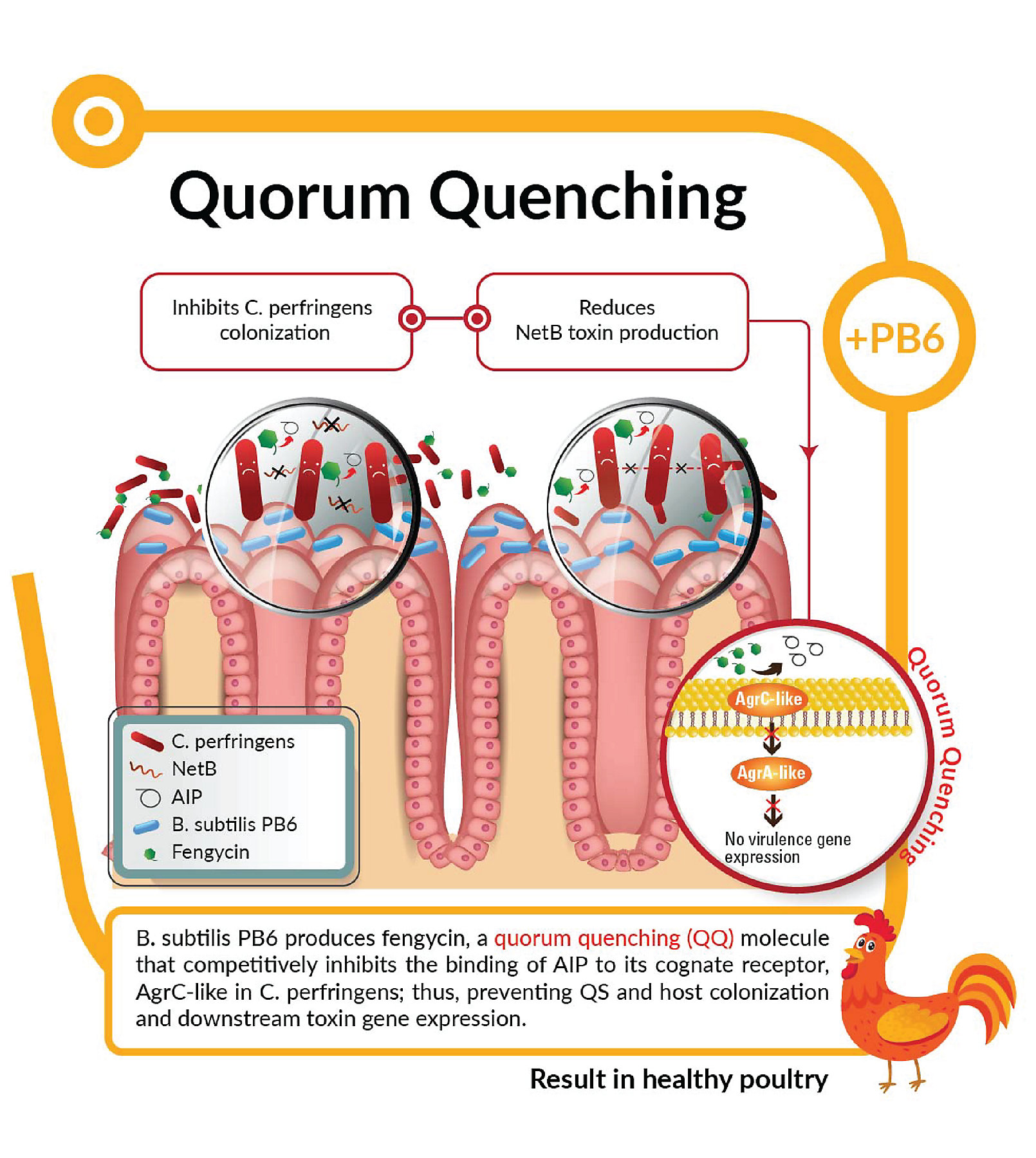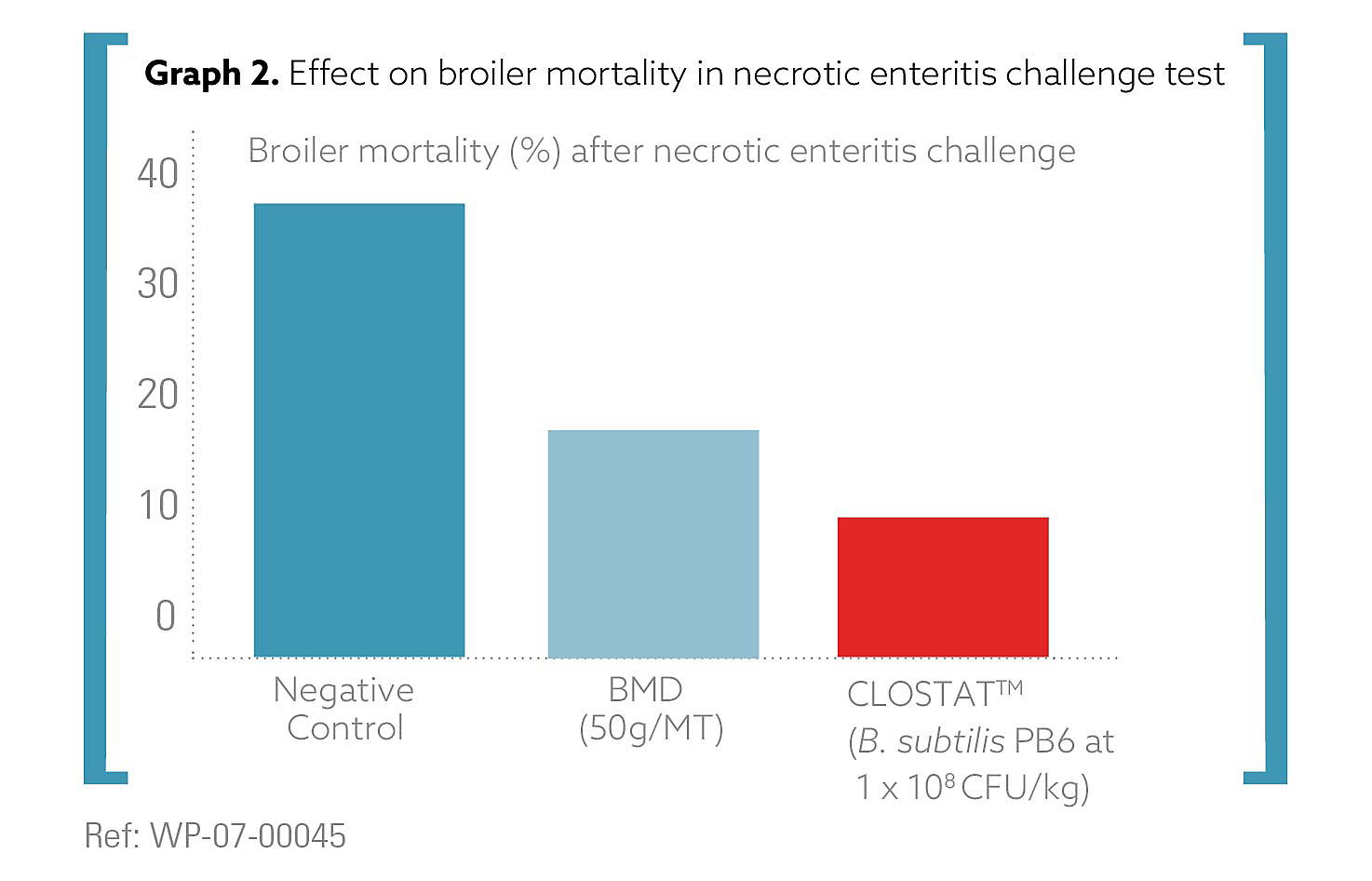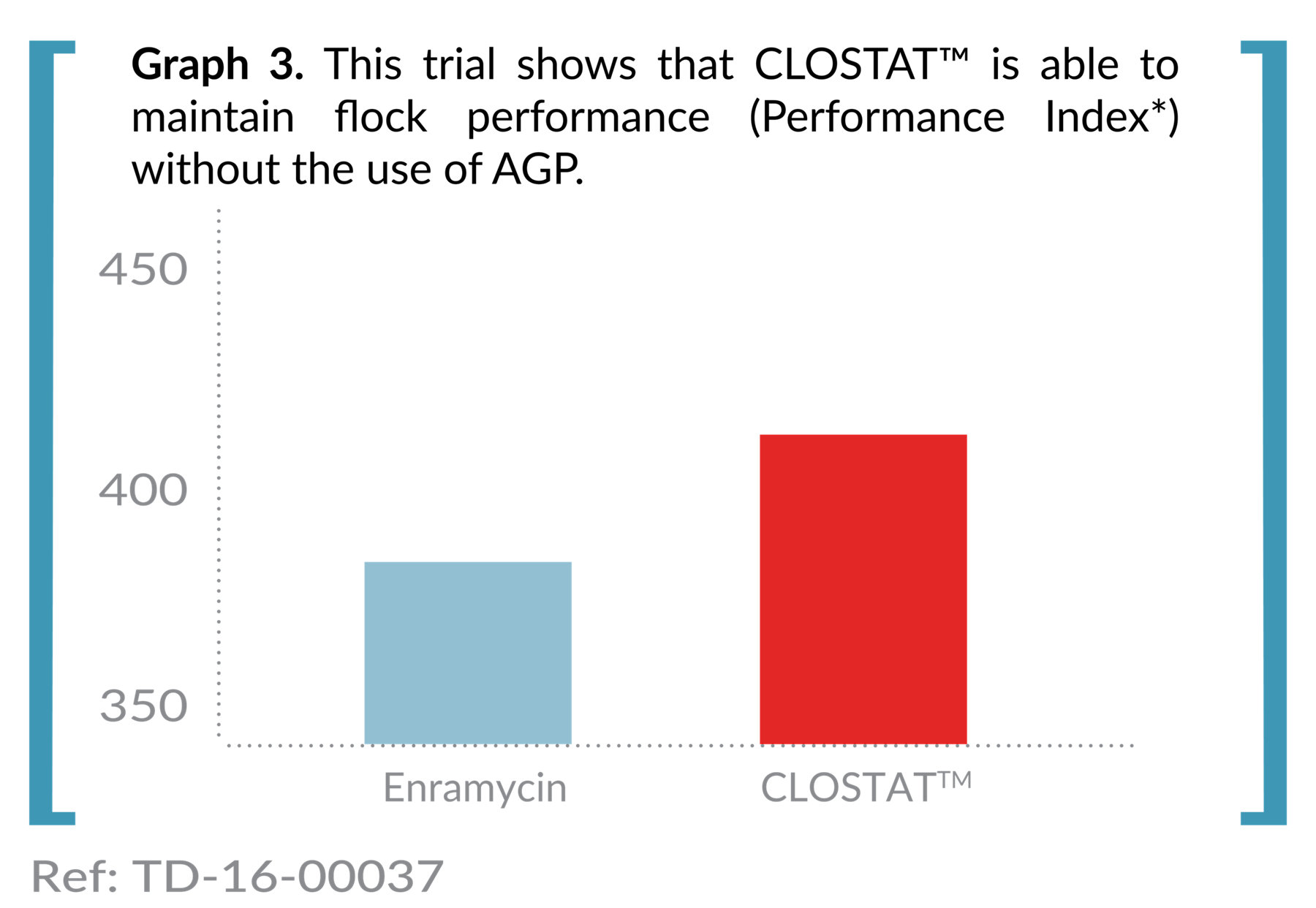CLOSTAT™ IN SWINE
Stressors Affect Gut Health and Intestinal Intergrity
The intestinal tract of healthy swine contains a great number of different microorganisms whose balance promotes digestion, absorption of nutrients and overall health of the intestine. These microorganisms are both beneficial bacteria, such as Lactobacillus and Bifidobacterium spp, and pathogenic bacteria, such as Escherichia coli, Salmonella and Clostridium spp. Under normal circumstances, there is equilibrium between the bene cial and the pathogenic bacteria called eubiosis.
Sows are subjected to many stressors during their reproductive life cycle of breeding, gestation, farrowing and lactation. During these phases, different housing, management and feeding conditions affect the intestine micro ora balance. The result may be decreased maternal performance, reproductive efficiency and increased morbidity and mortality of nursing piglets.


